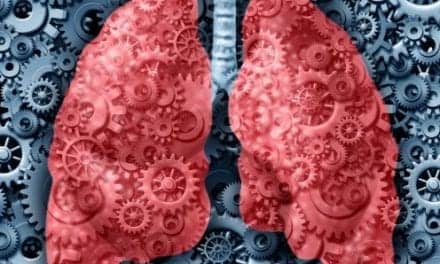A large body of research shows that pulmonary rehabilitation programs are a beneficial part of chronic obstructive pulmonary disease (COPD) ongoing care.
In a 2018 meta-analysis of 13 randomized trials including 801 patients, pulmonary rehabilitation initiated during or within 4 weeks of hospitalization for an acute COPD exacerbation was associated with reductions in mortality (relative risk [RR], 0.58; 95% CI, 0.35-0.98), number of days in the hospital (4.27 days; 95% CI, -6.85 to -1.69 days), and hospital readmissions (RR, 0.47; 95% CI, 0.29-0.75), as well as improvements in walking distance and health-related quality of life compared with usual care.1 Similar improvements have also been noted in patients with stable COPD who participated in pulmonary rehabilitation programs.
Experts increasingly emphasize the need to personalize this intervention based on a thorough assessment of each patient’s clinical picture, current circumstances, and other individual considerations.2 “Offering a patient-tailored, individualized, comprehensive intervention targeting complex needs to improve physiological, psychological and social outcomes and to promote long-term adherence to health-enhancing behaviors must be the cornerstone of every rehabilitation program,” wrote Wouters et al in a paper published in Expert Review of Respiratory Medicine.3 “The multifaceted manifestation of COPD and the individual patient characteristics make [pulmonary rehabilitation] a complex health-care intervention, adaptable to the patient needs.”










